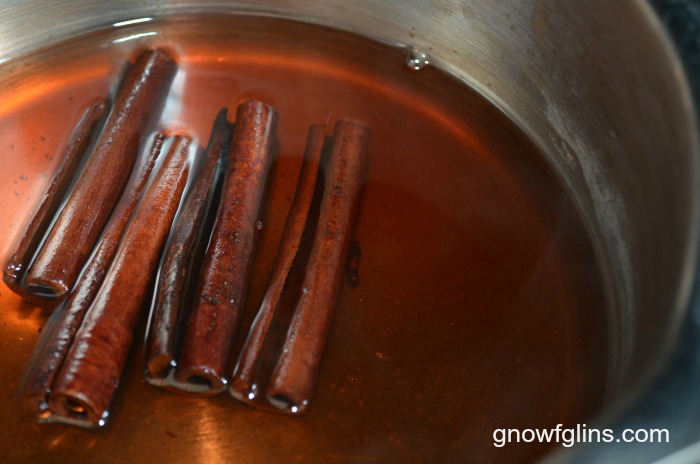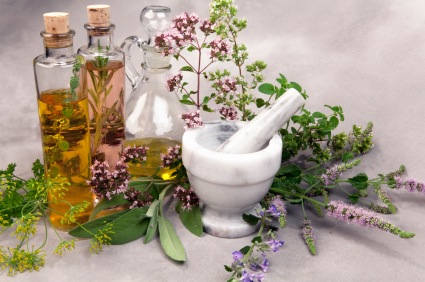
Teas/Infusions

Teas, or infusions, are the simplest way to make an herbal remedy, using the aerial (above-ground) parts of a plant; fresh or dried leaves and flowers. Teas are good for extracting water-soluble constituents such as flavonoids, and essential oils. Use a glass or ceramic (not metal) pot or cup with a lid to infuse the herb. Brew for
10 minutes then strain.
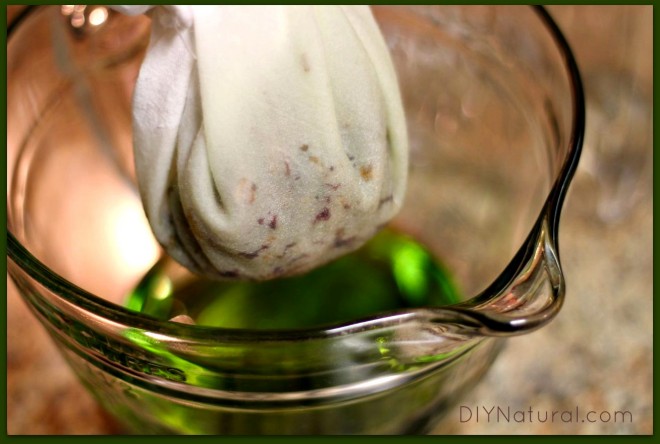
Pros: Quick and easy to make
Several herbs can be combined.
Fresh or dried
Herb material can be used.
Can be drunk, used as a mouthwash or gargle, applied as a lotion, hair rinse.
Fairly easily absorbed.
Cons: Must be used quickly (maximum 24 hours, refrigerated
Only watersoluble constituents extracted.
Taste can be unpleasant.
A relatively large amount of liquid needs to be consumed.
Decoctions

Decoctions are the most direct way to prepare tougher plant parts such as bark, berries, and roots. Chopped fresh or dried material is simmered in water for about 20 minutes. The resulting liquid is strained and drunk.
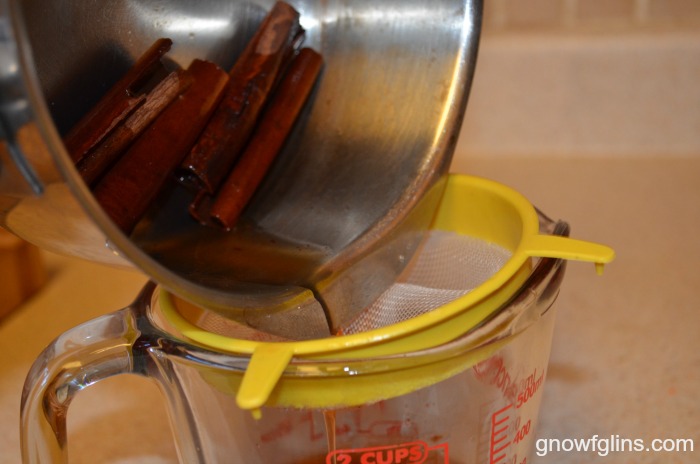
Decoctions are good for extracting water-soluble constituents such as tannins. Like infusions, they have long traditional use and are still the main method of preparation used in traditional Chinese medicine.
Pros: Can use fresh or dried herb material
Several herbs can be combined.
Can be drunk, used as a mouthwash or gargle, applied as a lotion, and so forth.
Easily absorbed.
Cons: Take a little time to make
Must be consumed quickly (maximum 48 hours, refrigerated); taste can be very unpleasant.
Juices

Juices can be bought or made at home. When properly prepared, juices contain a wide range of constituents, including enzymes that
are lost when the plant is dried. Use organic produce as far as possible.
Pros: Relatively easy to make
100 percent natural product with high enzyme and micro-nutrient content.
Easily absorbed and aid digestive function.
Cons: Must be kept refrigerated and, if bottled, consumed within 10 days.
Best not combined with other herbs.
Taste can be unpleasant.
Tinctures
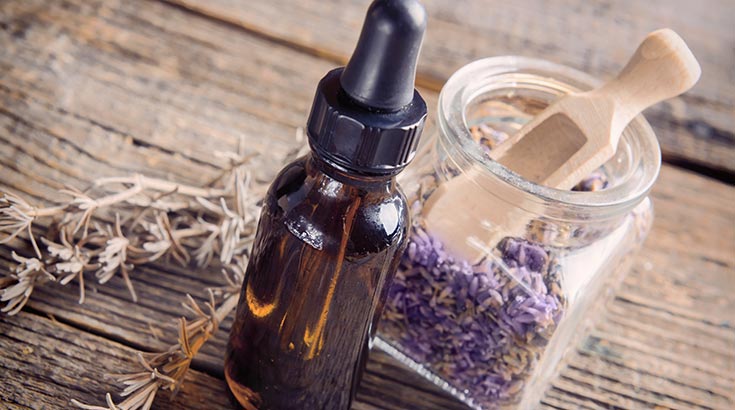
Tinctures are made by macerating (soaking) chopped herb material from any part of the plant in an alcohol solution, typically 45% alcohol to 55 % water. The proportion of alcohol used varies from 25 % to 90 % depending upon the active constituents to be extracted. Sometimes vinegar or glycerol is used instead of alcohol. Tinctures are relatively easily made and keep well, for three years or more. By using an alcohol and water mix both water-soluble and non-water-soluble constituents can be extracted, leading to a more concentrated product than is possible with teas or decoctions. The
ratio of herb material to water and alcohol determines the strength of the tincture. An appropriate strength for most commonly available tinctures is 1 part herb material to 3 parts water and alcohol.

Pros: Long shelf life
Different tinctures easily combined together.
Wide range of constituents extracted.
Small amounts effective.
Very easily absorbed.
Cons: Takes several days to produce but can be easily purchased
Can taste very unpleasant.
Contains alcohol (sometimes at high levels).
Syrups
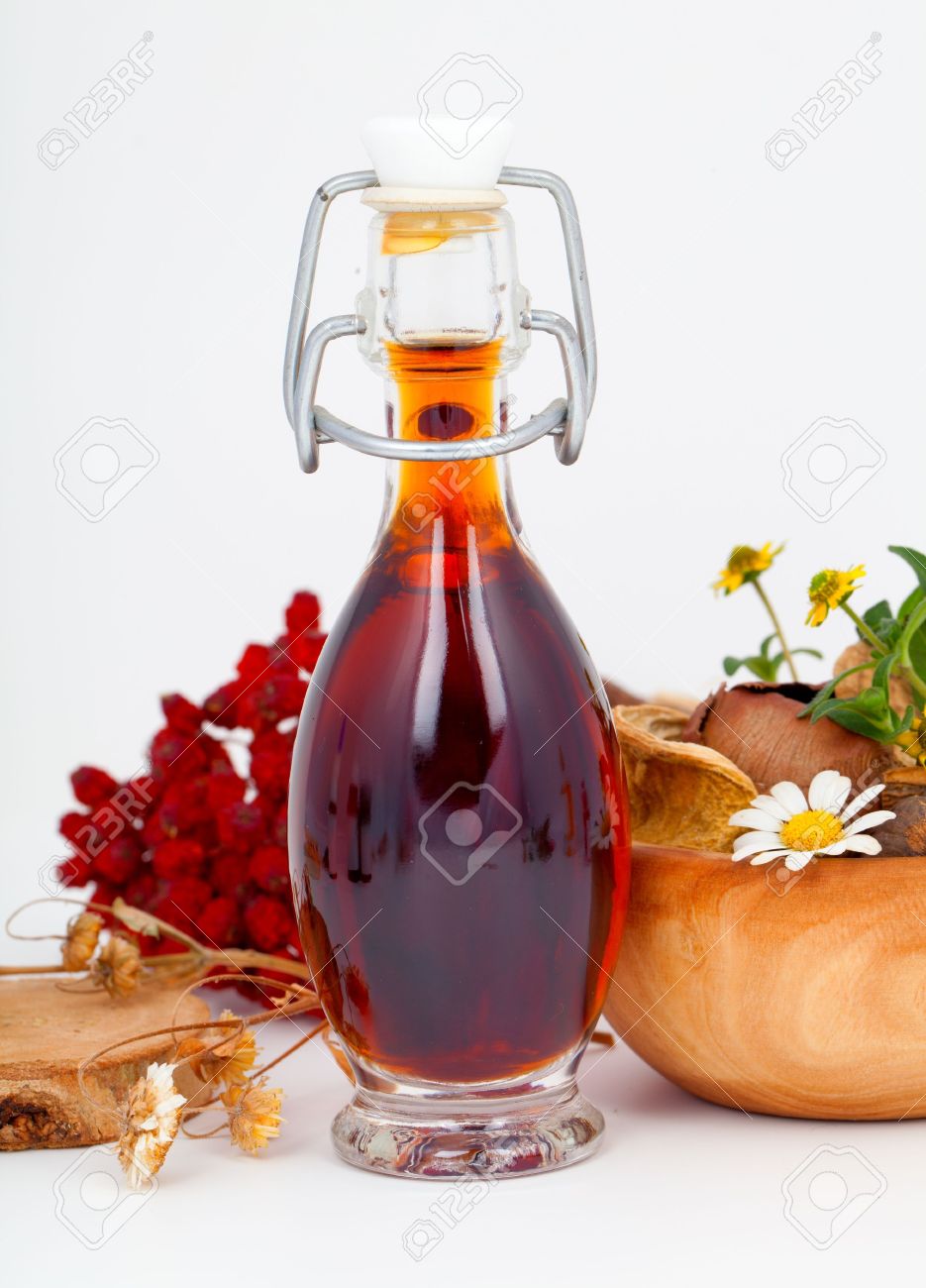
Syrups are usually made by adding unrefined sugar or honey to infusions or decoctions at a ratio of 1:1 (half and half). Their sweetness can mask unpalatable herbs. The sugars help soothe irritation within the throat and chest, and syrups are classically used as cough mixtures. Syrups, linctuses, and cordials can be bought over the counter or made at home.
Pros: Fairly long shelf life
Sweet-tasting and can be combined with unpleasant tasting remedies.
Good for coughs.
Cons: Large amounts of sugar
Limited applications.
Capsules

Capsules generally contain dried powdered herb material or soft or dry concentrated extracts. Good-quality capsules are densely packed so that air cannot circulate through the powder. Sealed capsules containing oils or concentrated soft or dry extracts are similar in action to tablets but usually contain fewer binding agents and additives.
Pros: Convenient to take, and with little taste
Clearly defined dose; often standardized.
Cons; Cannot be blended like tinctures
Powders can occasionally be irritant.
May be excessively concentrated.
Tablets

Tablets can be made by simply compressing dried herb material or a dry extract into tablet form, though usually herb material is combined with excipients (binding agents and additives) that maintain the tablet’s shape and structure but dissolve in the stomach or intestines.
Pros: Convenient and concentrated
Clearly defined dose; often standardized.
little taste.
Cons: May dissolve poorly in the digestive tract
May be excessively concentrated.
Cannot be blended like tinctures.
Fixed oils

Unlike essential oils, fixed oils are made by soaking herb material in a vegetable oil, such as sunflower. Fixed oils are typically made with herbs that have wound-healing properties, and can be applied neat to minor cuts, grazes, sprains, and so forth. They can also be used in creams and ointments.
Pros: Easily massaged into the skin
Blend well with essential oils.
Cons: Often greasy—ointments or creams may be better
Powders

Powders are easy to take. They tend to deteriorate quicker than normal dried herb material.
Pros: Easy to take
Cons: May taste unpleasant; need to be carefully stored
Ointments and Creams
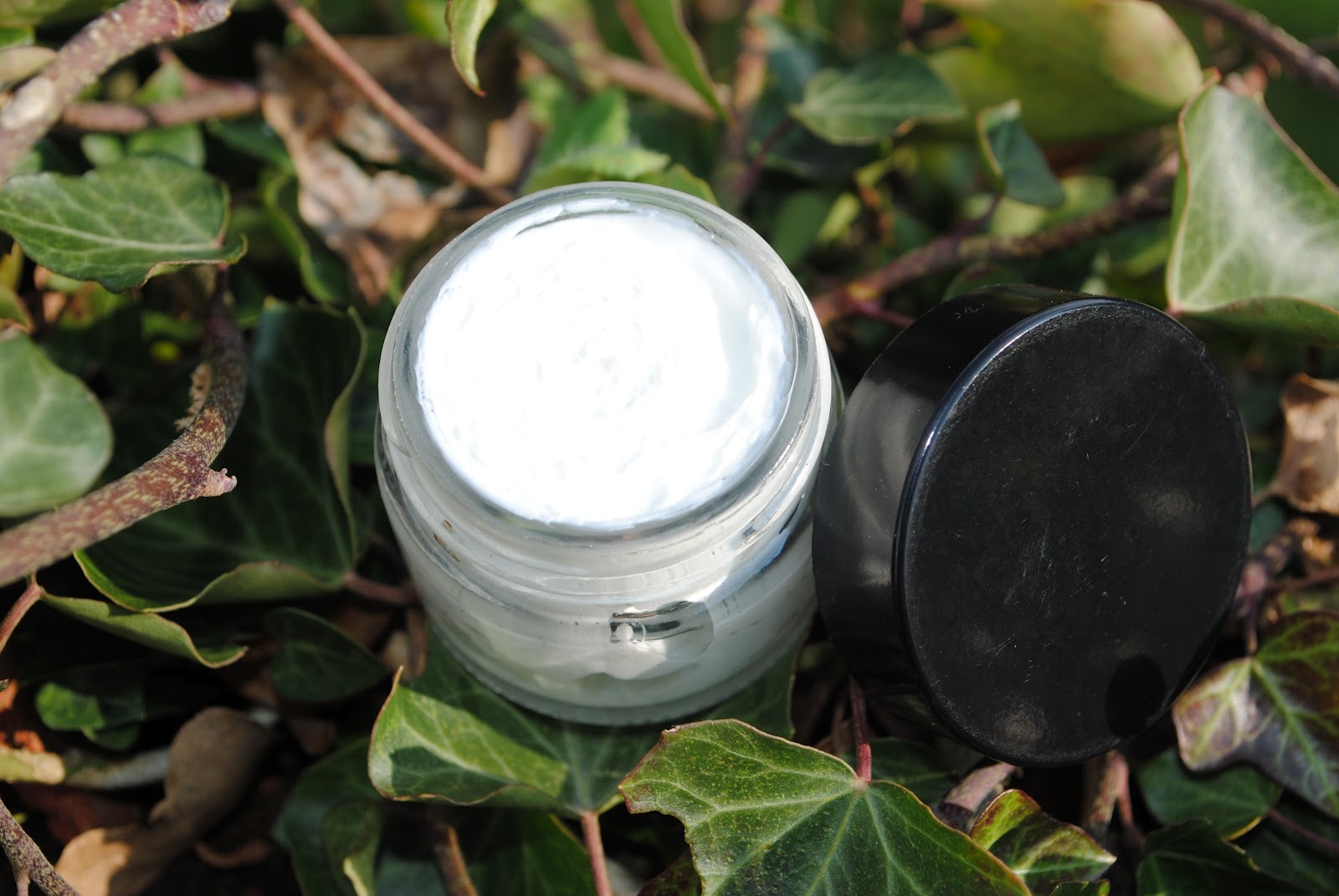
Ointments are made using oils and fats, and usually contain no water. Being oily they form a waterproof, protective surface on the skin and are most useful in conditions such as hemorrhoids and diaper rash. Creams are made by emulsifying oils and water in an emulsion. They are cooling and moisten the skin, and are used to soothe sore and inflamed skin conditions. Avoid applying ointments and creams to open wounds.
Pros: Formulated for the skin
Cons: May contain artificial preservatives and stabilizers
Essential oils

Essential oils are mostly produced by distilling flowers, leaves, and so forth and collecting the resulting oil – the plant’s “essence.” Being very concentrated, they must be used with care. Typically, they are blended in a carrier oil such as grape-seed oil at a maximum 5 percent dilution. Should not be taken internally, unless on the instruction of a suitably qualified doctor or medical herbalist.
Pros: Highly concentrated
Pleasant aroma.
Can be used diluted on skin or dispersed in air by burner.
Cons: Can occasionally cause irritation or allergic skin reactions

